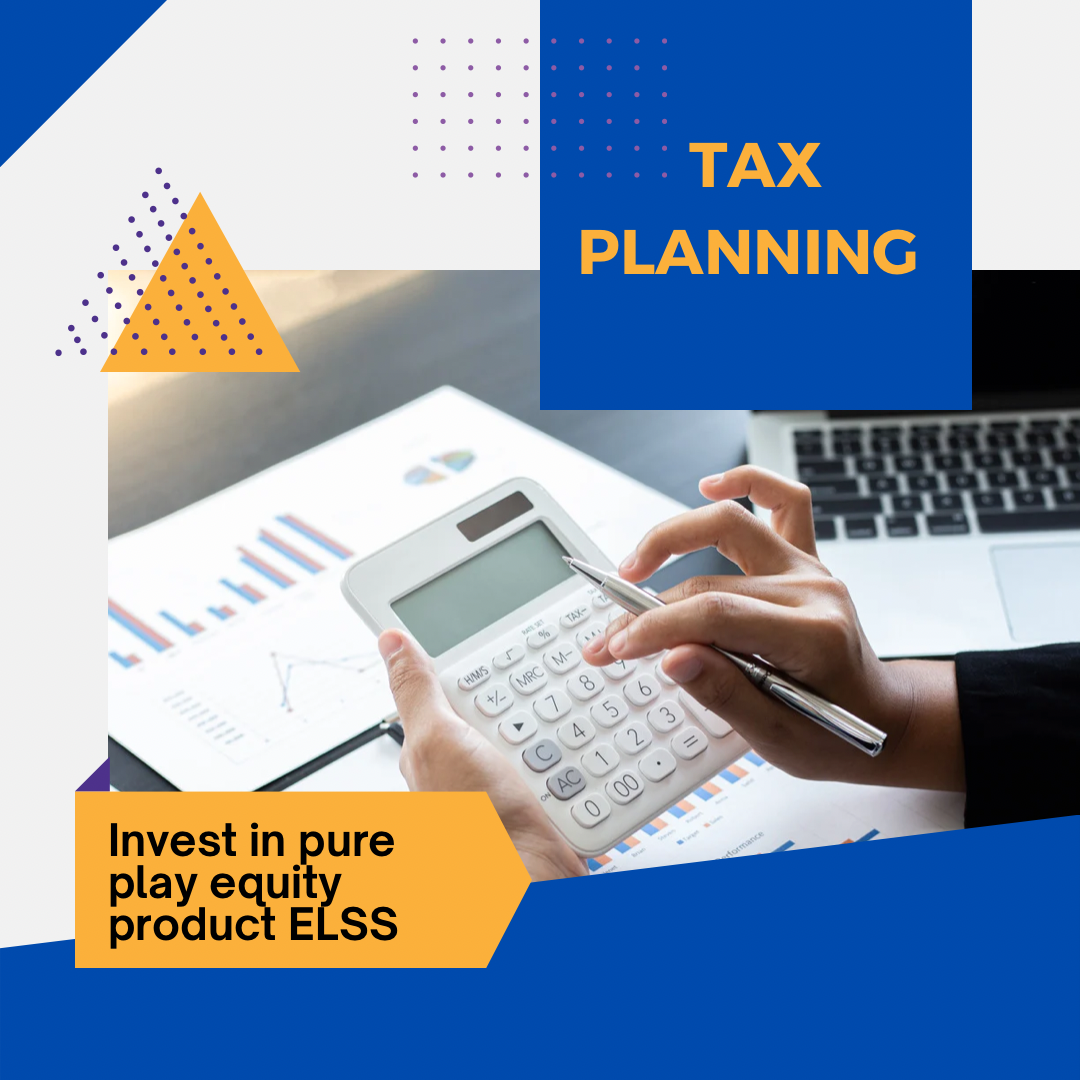Home > Blog > Blog Detail

You’ve all probably heard of financial planning and begun doing it. But how about tax planning? Tax planning, as the name implies, is the hardest thing to comprehend. However, today you will learn how tax planning is done in very basic terms because we will discuss the ELSS tax saving scheme in this blog.
Read More:
8 Types of Hybrid Funds to invest: Best combination of Equity, Debt, Gold and Real Estate
Tax planning is the arrangement of one’s financial and business affairs to take full advantage of all deductions, exemptions, and allowances so that tax liabilities are kept to a minimum.

The term ELSS stands for Equity Linked Savings Scheme. For your ease of understanding, we have separated this scheme into three parts.
The first is that ELSS is an open-ended mutual fund in which investors’ money is invested in the equity market. The second part is that these schemes help the investor to save taxes by offering benefits under Section 80C of the Income Tax Act, and lastly, this scheme has a three-year lock-in period.
In simple terms, ELSS is like other tax saving schemes PPF, NPS; a tax saving fixed deposit, national savings certificate, etc. It is beneficial for tax-conscious investors. However, these schemes are well known for fixed incomes. However, ELSS is mainly for the equity market. Thus, the ELSS, like all equity funds, follows volatility to the advancement and offers returns with many ups and downs.
On the Ocean Finvest mobile application, investing in ELSS mutual funds is quite simple. The procedures are listed below for you to follow.
Read More:
4 Types Of Investment Portfolio That Will Create Immense Income
This app lets you track your fund and portfolio performance daily. It also provides a report card for each scheme, which assists you in making the best decisions about which funds to buy and which to sell. If you are not a user of the Ocean Finvest app, you can invest on any online platform. People can invest in both lump sum and SIP modes. One can also select from a variety of banks and payment methods. The more advisable approach is investing in small monthly amounts through the SIP route. This method not only disciplines your investing but also aids in averaging your purchases, which is one of the secrets to long-term wealth accumulation.

Investments in an ELSS fund are tax deductible under Section 80C of the Income Tax Act. While there is no upper limit to the amount that can be invested, the Income Tax rules allow for a maximum tax deduction of Rs. 1.5 lakh.
So, with this calculation, if you want to invest in ELSS, you must start a SIP of Rs. 12,500 per month for a whole year. This way, you will be able to take full tax benefits.
Just like every Mutual Fund, returns are not guaranteed in ELSS too. Nonetheless, an examination of the top schemes reveals that the category has performed exceptionally well over many years if you stay invested through market ups and downs. We are here presenting you the top funds of ELSS and their returns over the years.
| Scheme | 1 year return (%) | 3 year return (%) | 5 year return (%) | 10 year return (%) |
| IDFC Tax Advantage Reg (G) | 10.49 | 23.05 | 12.43 | 16.93 |
| Kotak Tax Saver Scheme (G) | 9.42 | 18.42 | 12.72 | 14.87 |
| DSP Tax Saver Fund Reg Fund (G) | 8.13 | 18.15 | 12.52 | 16.68 |
| Canara Robeco Equity Taxsaver Fund Reg (G) | 5.9 | 21.08 | 15.54 | 15.40 |
| Quant Tax Plan (G) | 15.12 | 37.72 | 21.96 | 20.93 |
This table shows that the longer you invest in ELSS, the better returns you will get. Thus, stay investing consistently and build a big corpus through ELSS.
Funds in the ELSS category must be held for a minimum of three years. As a result, profits from selling those units will be classified as long-term capital gains. LTCG are subject to a 10% tax on amounts above Rs. 1 lakh.
Read More:
Finance for beginners – How & where to invest my Money? Investment Guide for 2022
ELSS is the best way to save taxes on your investment and allows you to build significant wealth with that money. So you can use these funds to achieve long-term financial goals such as child education, buying a house and retirement corpus.
Have a great tax-saving journey with ELSS!




